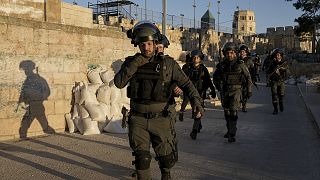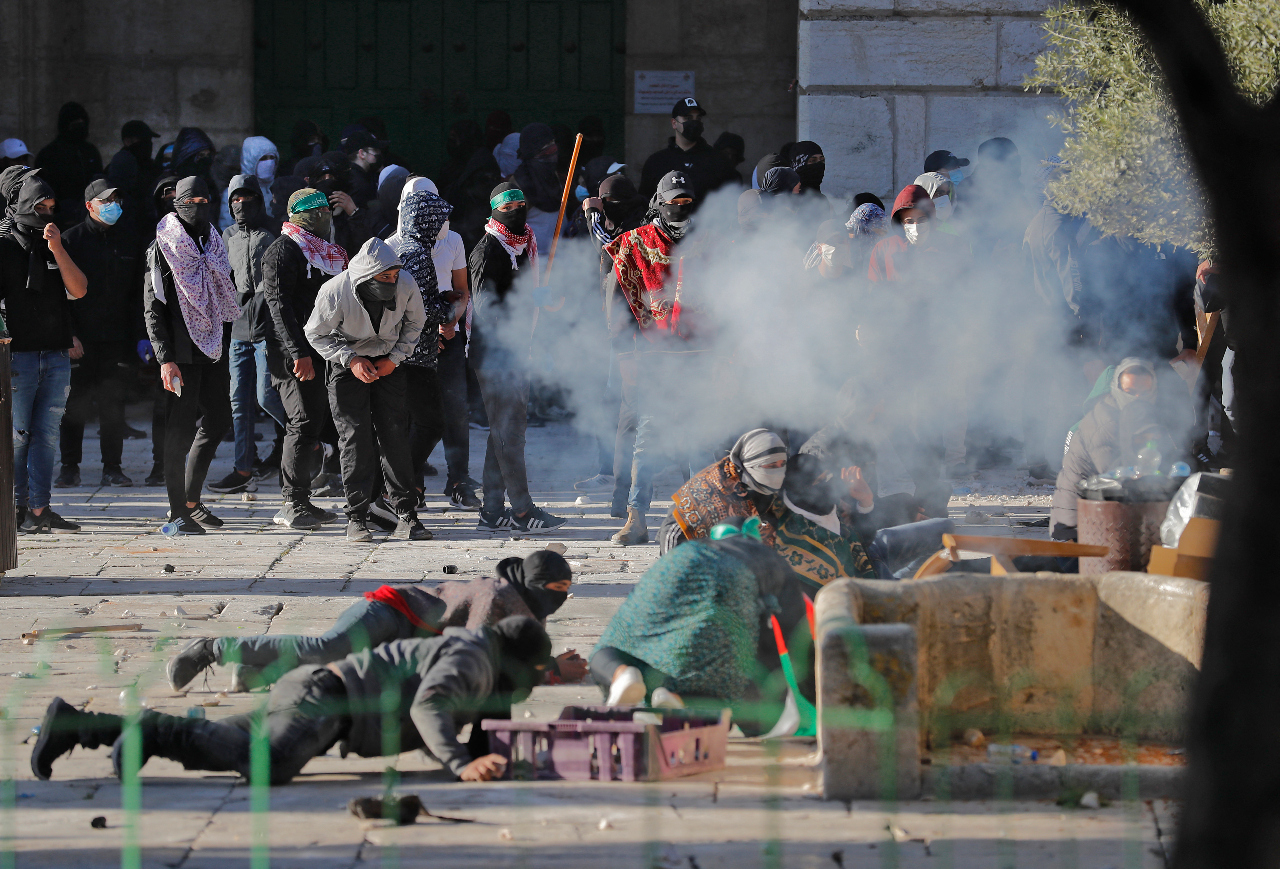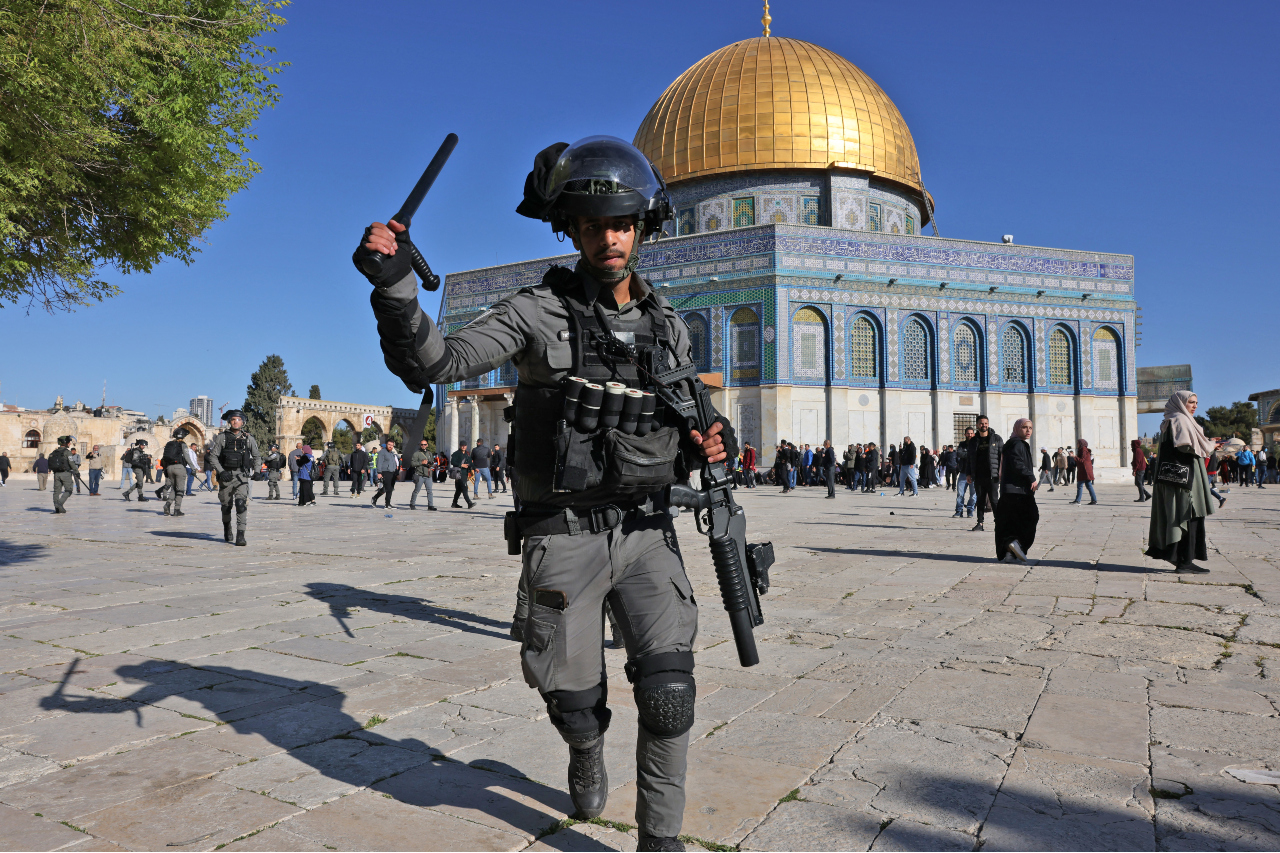Stop the War: Act for Justice, Climate & Peace

A family evacuated from Irpin, Kyiv region, Ukraine. Credit: UNICEF/Julia Kochetova
- Russia’s war in Ukraine has left many communities facing catastrophe. In a world already wracked by multiple crises such as searing inequality and escalating climate change, this conflict is tearing through communities.
Millions of people are directly affected. They face fragile circumstances, with immeasurable sadness caused by the death of loved ones, loss of livelihoods, displacement, destruction of homes, interruption of education, and more.
The conflict has also placed huge new burdens on the multilateral system, putting a further break on progress towards the achievement of the Sustainable Development Goals that has already been set back by the negative impacts of the COVID-19 pandemic.
Civil society representatives from both Ukraine and Russia have expressed their deep concerns about the needless suffering caused by the war. In Ukraine, they are responding to the situation in vital ways, from documenting war crimes and gathering information about missing persons to urging international institutions to live up to their responsibilities on peace and accountability.
In Russia, civil society has exposed media restrictions that have helped create a disinformation nightmare while protesting against the injustice of war.
The impacts of this conflict are being felt far beyond the war zones. Disruptions in international commerce are feeding inflation and food insecurity around the world disproportionately impacting the impoverished and excluded.
In this scenario, civil society groups across all continents have come together to support a five-point call for action issued by the Action for Sustainable Development coalition.
The message to the international community is simple:
- 1. Stop the war
We call for an immediate end to the war in Ukraine, a ceasefire and a withdrawal of Russian forces, and the phased removal of all sanctions according to an agreed timeline. The devastation of many cities and the killing of innocent civilians and civilian infrastructure cannot be justified.
Furthermore, it is unacceptable and insufficient that so far only a handful of men – and visibly no women – appear to have been involved in the peace negotiations.
We call for the peace negotiations to include civil society and representatives of those who are directly affected, especially from Ukraine and Russia, and particularly women.
- 2. Respect international human rights
We stand in solidarity with the people of Ukraine. The rights of civilians must be respected. After more than a month of conflict, the humanitarian impacts are leading to massive displacement of people, loss of lives and livelihoods. We are very concerned that this grave violation of international law will have an extremely adverse impact on security and democracy in Europe and the world.
We also call for human rights to be respected in Russia. Many Russian people have stood up to condemn violence and their voices must be heard. Peaceful protest must be recognised as a legitimate form of expression.
We call for human rights to be fully respected in Ukraine and Russia, including international humanitarian rights and civic freedoms.
- 3. Stop militarism and aggression around the world
The rise in militarism and conflict is not limited to Russia. It is part of a growing catalogue of armed conflict. Violence in all its forms – authoritarianism, corruption and indiscriminate repression – affects the lives of millions of people around the globe and violates the human rights of people young and old in countries including: Afghanistan, Brazil, Central African Republic, Colombia, El Salvador, Ethiopia, Guatemala, Myanmar, Nicaragua, Palestine, South Sudan, Syria and Yemen, to name just a few.
These conflicts often affect communities already living with fragile infrastructure and the devastating impacts of climate change. All conflicts must be treated with the same level of concern. The lives of everyone affected by conflict are of equal value.
We call for the same level of support to end conflicts and ensure financial support for displaced peoples and refugees from all conflicts.
- 4. Shift military funds to a just and sustainable future
The war in Ukraine has already had a devastating impact on the world economy, especially on global south countries. There are likely to be major disruptions and significant increases in the costs of energy and production, and increased food costs. At the same time budgets are being redirected towards military spending.
The militarism of Russia is fuelled by fossil fuels and it is therefore critical to halt investment in fossil fuels and shift immediately to renewable forms of energy. It is crucially important that we reduce oil and gas consumption and rapidly scale up investments in renewables in order to combat the climate crisis, and that we do so immediately.
We call for a specific commitment at the UN to reduce spending on military conflicts and to reinvest this spending on social protection and clean energy.
- 5. Establish a global peace fund
We call on member states to remember the founding vision of the UN and its Security Council, to deliver on the main reason it was created: to avoid any kind of war and the suffering of humankind.
The 2030 Agenda sets out a path towards a peaceful, just, sustainable and prosperous world. much more ambitious steps and actions must be undertaken to ensure that its targets and goals are met.
We call on member states to establish a global peace fund to strengthen the role of international mediators and peacekeepers. The UN must act!
The international community cannot be a bystander in Ukraine or any other conflict. We all have a responsibility to defend universal human rights and humanitarian principles by acting against cruelty and injustice wherever it may be.
Link to full statement here:
https://action4sd.org/2022/04/04/statement-of-solidarity-with-civilian-populations-and-a-call-for-a-negotiated-end-to-the-war-in-ukraine/
Oli Henman is the Global Coordinator the Action for Sustainable Development coalition in London. Lysa John is the Secretary General of the global civil society alliance, CIVICUS in Johannesburg.
IPS UN Bureau



















